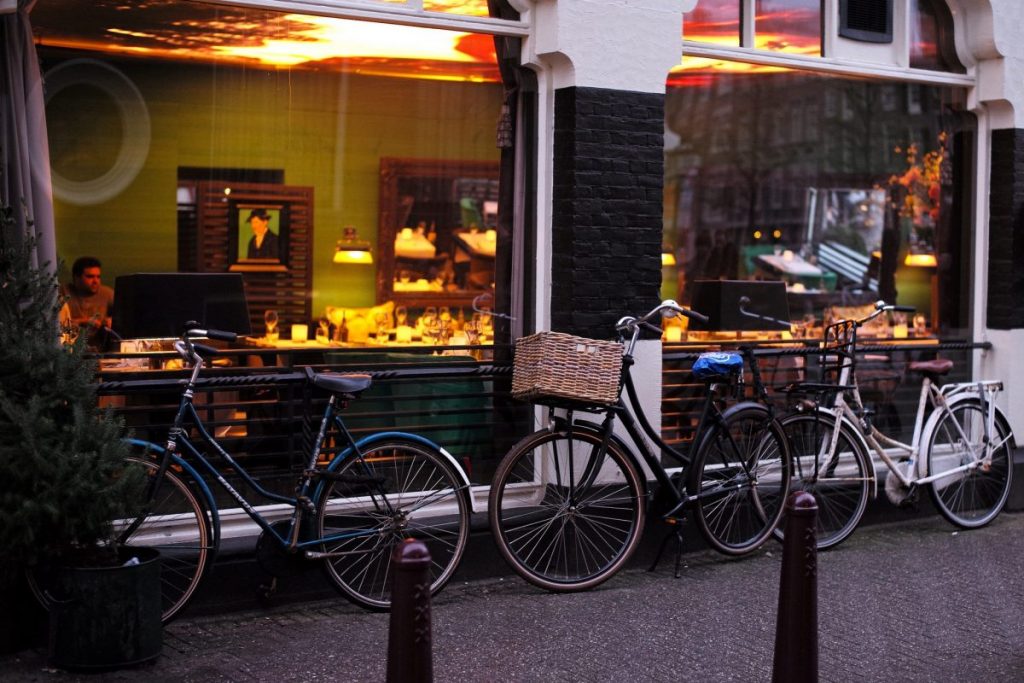Chefs+Tech: OpenTable Expands to Amsterdam with 100 Restaurants

Skift Take
OpenTable's expansion to international markets obviously includes reservations, but the company seems to be pushing restaurant discovery even harder.
Editor's Note: In September we announced that Skift was expanding into food and drink with the addition of the Chefs+Tech newsletter.
We see this as a natural expansion of the Skift umbrella, bringing the big-picture view on the future of dining out, being fanatically focused on the guest experience, and at the intersection of marketing and tech.
We publish C+T twice weekly.
OpenTable Launches in Amsterdam
OpenTable is now available in Amsterdam. The expansion is part of a plan to reach more diners around the world, touted heavily when Priceline acquired OpenTable in 2014. OpenTable is launching in the Netherlands with 100 restaurants on its platform — though it also offers details, including websites and contact information, for 300 non-OpenTable restaurants “specially curated for travelers,” according to the press release. This is likely as much a marketing tactic — encouraging restaurants to join the OpenTable platform — as it is helpful to travelers looking for a restaurant. So, in effect, it seems that they’re launching in Amsterdam, but not necessarily targeting diners in Amsterdam.
In a statement, OpenTable CEO, Christa Quarles, said, “Bringing together our extensive experience in connecting diners
